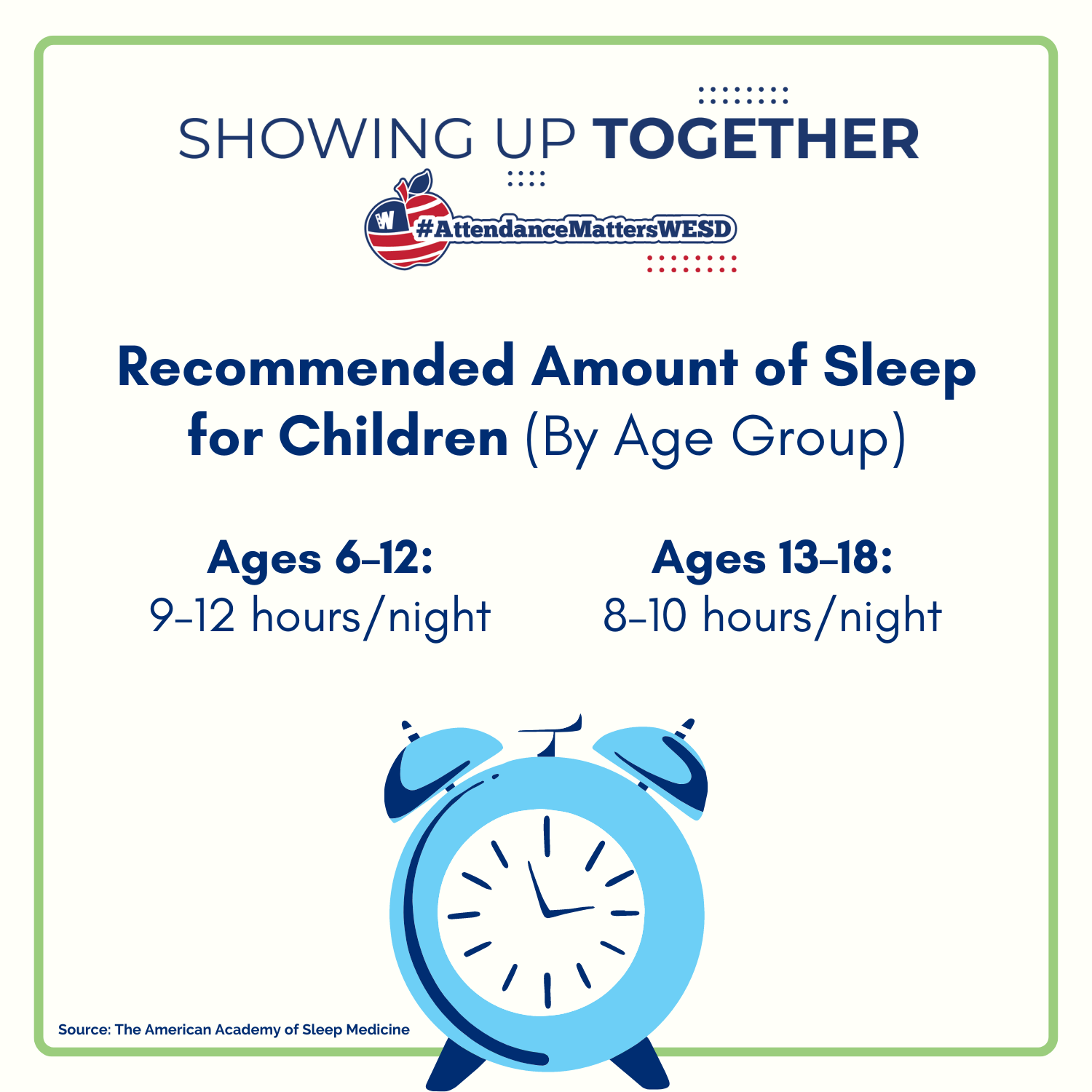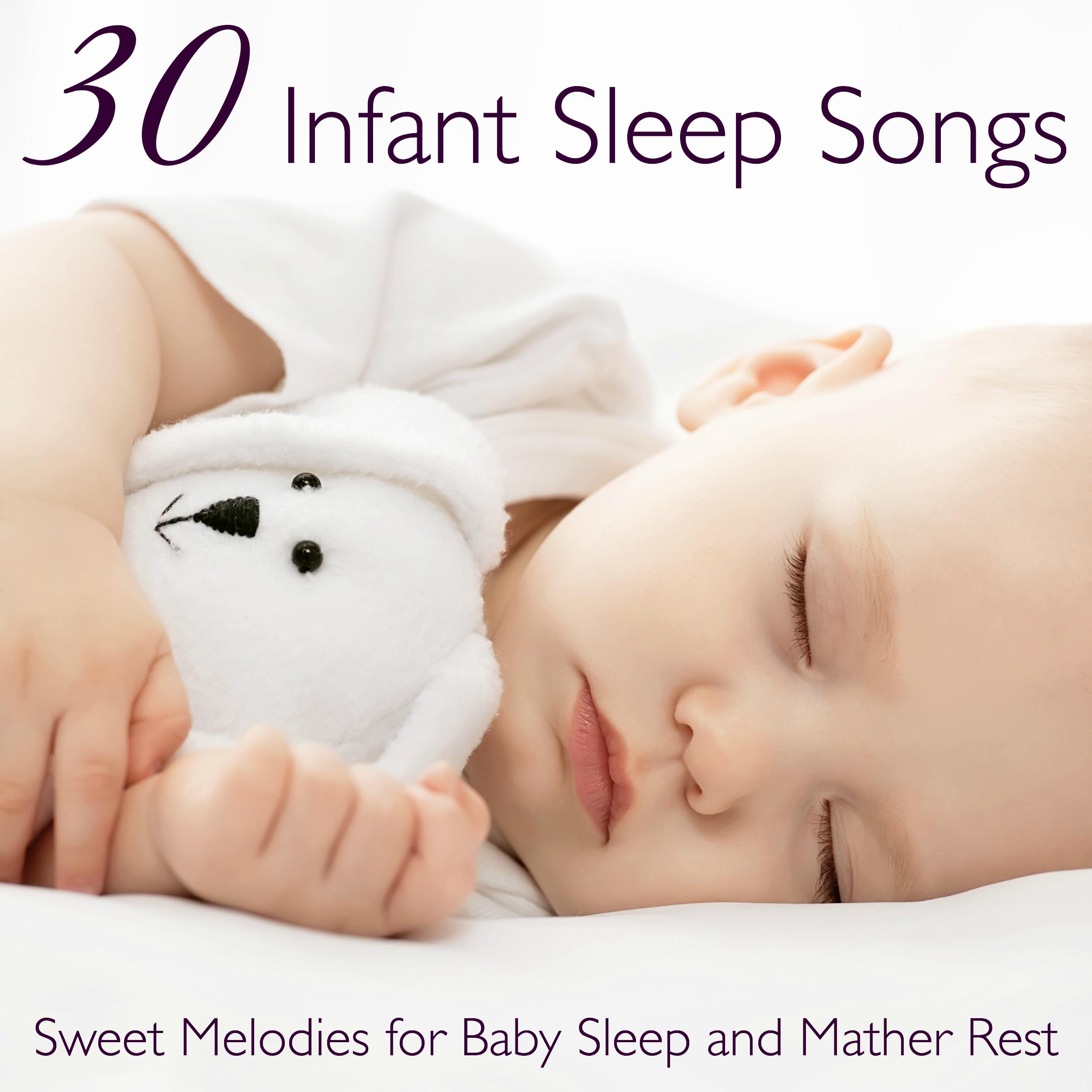Can Children Sleep Under a Down Comforter?
The use of down comforters for children's bedtime is a common practice, but the safety of doing so depends on a number of factors. Down comforters are lightweight and provide excellent insulation, making them comfortable for children of all ages. However, the warmth and softness of the comforter may not be suitable for young children who are still developing their sleep habits. Additionally, children with allergies or respiratory conditions may be sensitive to the feathers and down used in the comforter, so it is important to check the material before purchasing. Overall, using a down comforter for children can be safe and comfortable, depending on the child's age, sleep habits, and allergies.
When it comes to choosing the right type of blanket for children, many parents may find themselves asking, "Can children sleep under a down comforter?" The answer to this question depends on several factors, including the age of the child, the climate of the area, and the specific type of down used in the comforter.
Firstly, consider the age of the child. Young children, especially those under the age of 5, are more sensitive to allergens and may have a harder time regulating their body temperature while sleeping. For this reason, synthetic comforters or those made with hypoallergenic materials may be a better choice. However, if you have an older child or one who is particularly sensitive to allergens, it may be worth considering a down comforter made from higher-quality, more hypoallergenic materials such as white goose down.
Secondly, think about the climate of the area in which you live. If you live in a colder climate, a down comforter may provide the warmth and insulation your child needs to stay comfortable throughout the night. However, if you live in a warmer climate, a synthetic comforter may be better suited to regulate your child's body temperature.

Thirdly, look at the specific type of down used in the comforter. Some types of down, such as duck down, may contain more allergens and may not be as suitable for children with allergies. On the other hand, other types of down, such as goose down, are more hypoallergenic and may be a better choice for children.
Additionally, it is important to choose the right size of comforter for your child. A comforter that is too large may cover your child's face and pose a risk of suffocation, while a comforter that is too small may not provide adequate warmth. Therefore, it is essential to choose a comforter that fits your child's bed properly and covers their body without covering their face.

In conclusion, whether or not children can sleep under a down comforter depends on several factors, including their age, the climate of the area, and the specific type of down used. If you are concerned about allergens or your child's sensitivity to certain materials, it may be best to choose a synthetic comforter or one made with hypoallergenic materials. However, if you are looking for a warm and comfortable option, a down comforter may be a good choice, especially if you live in a colder climate. In any case, it is essential to choose the right size and material for your child's comfort and safety.
Articles related to the knowledge points of this article:
Title: How to Tie a Tie Properly: A Comprehensive Guide
Title: Should Men Wear Ties with Suits? The Debate Goes On
Title: The Art of Scarf Pairing: A Guide to Elevate Your Fashion Game with Silk Scarves



